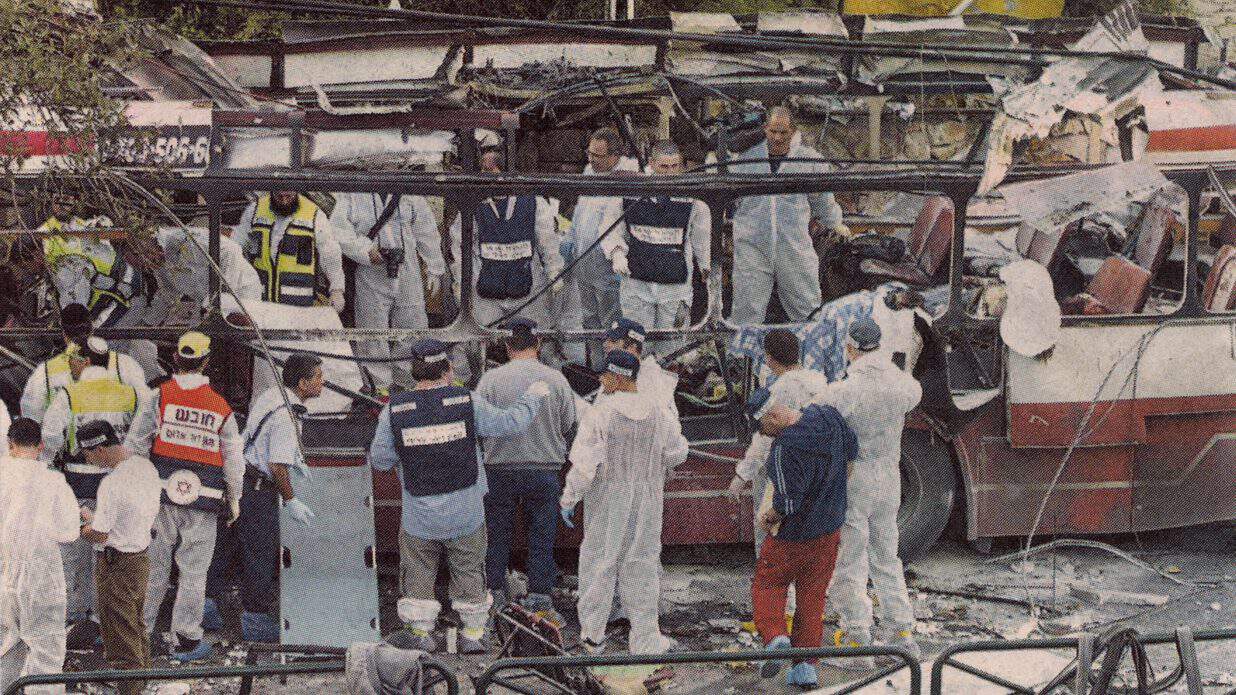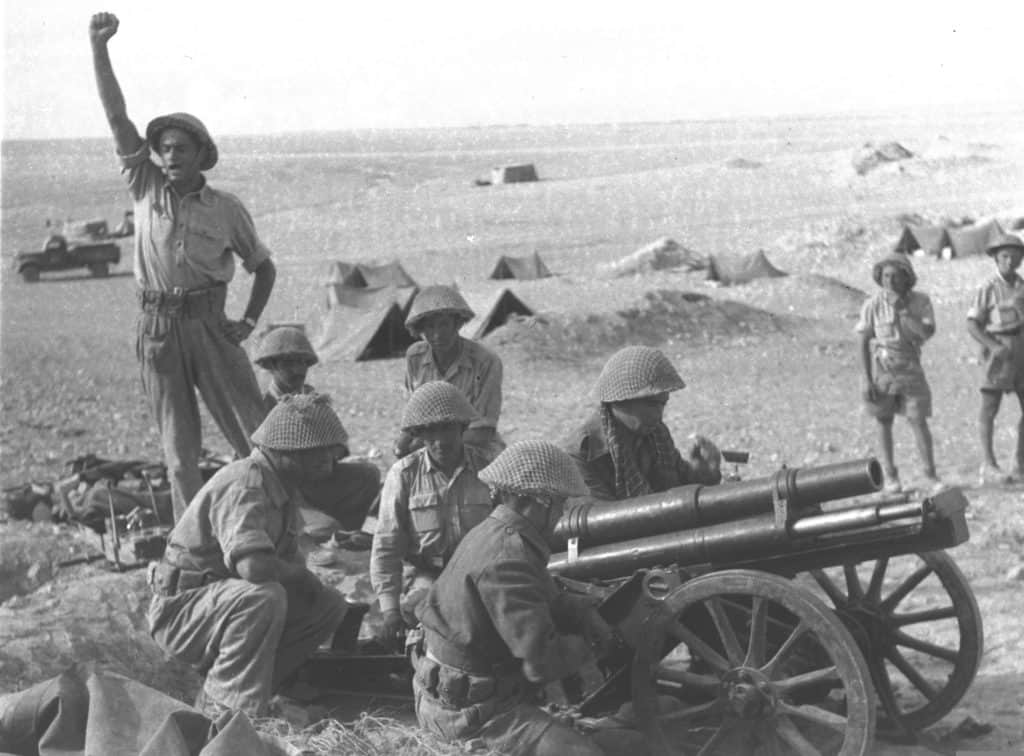The Second Intifada, also known as the Al-Aqsa Intifada, was a significant and prolonged period of conflict and violence that began in September 2000 and continued for several years. This Palestinian uprising marked a dark and tumultuous chapter in the ongoing Israeli-Palestinian conflict. The term “Intifada” itself means “shaking off” in Arabic and signifies a popular and often violent resistance against Israeli occupation.
Hamas
Origins of the Second Intifada
The Second Intifada had multiple triggers and underlying causes, including:
The collapse of Peace Talks: Frustration mounted as peace negotiations failed to produce a final agreement, particularly during the Camp David Summit in 2000.
Visit to Al-Aqsa Mosque: The September 2000 visit by then-opposition leader Ariel Sharon to the Al-Aqsa Mosque compound in Jerusalem, one of the holiest sites in Islam, led to violent clashes between Palestinians and Israeli forces.
Economic Hardships: Palestinians in the West Bank and Gaza Strip experienced economic difficulties and high unemployment, contributing to growing unrest.
Political Struggles: A leadership vacuum and divisions within the Palestinian Authority, which was established after the Oslo Accords, further fueled discontent.

Characteristics of the Second Intifada
The Second Intifada was characterized by a range of activities and actions, including:
Violence: Unlike the First Intifada, the Second Intifada was marked by more organized and deadly violence, including suicide bombings, shootings, and attacks on Israeli civilians.
Israeli Response: Israel responded to the attacks with military operations, incursions, and construction a security barrier in the West Bank.
Casualties: The Second Intifada resulted in many casualties among Palestinians and Israelis.
International Involvement: International actors, including the United States, the United Nations, and European countries, played roles in trying to mediate and end the violence.
The First Intifada
Impact and Outcomes
The Second Intifada had significant and lasting consequences:
Economic and Social Impact: The Palestinian territories faced severe economic and social challenges due to the conflict, affecting daily life and well-being.
Security Measures: Israel implemented security measures, such as checkpoints and the West Bank barrier, in response to the violence.
Impact on Peace Process: The violence and insecurity derailed peace negotiations and made achieving a lasting peace agreement more challenging.
Legacy of Distrust: The Second Intifada deepened mutual distrust and animosity between Israelis and Palestinians.
The Wars of the State of Israel

Conclusion
The Second Intifada represents a painful and divisive period in the Israeli-Palestinian conflict. While the violence eventually decreased, the scars and consequences of this uprising continue to shape the region’s dynamics. The conflict remains unresolved, and the quest for a peaceful solution persists, underlining the importance of diplomacy, compromise, and efforts to address the root causes of the conflict. More about the subject on Wikipedia.

